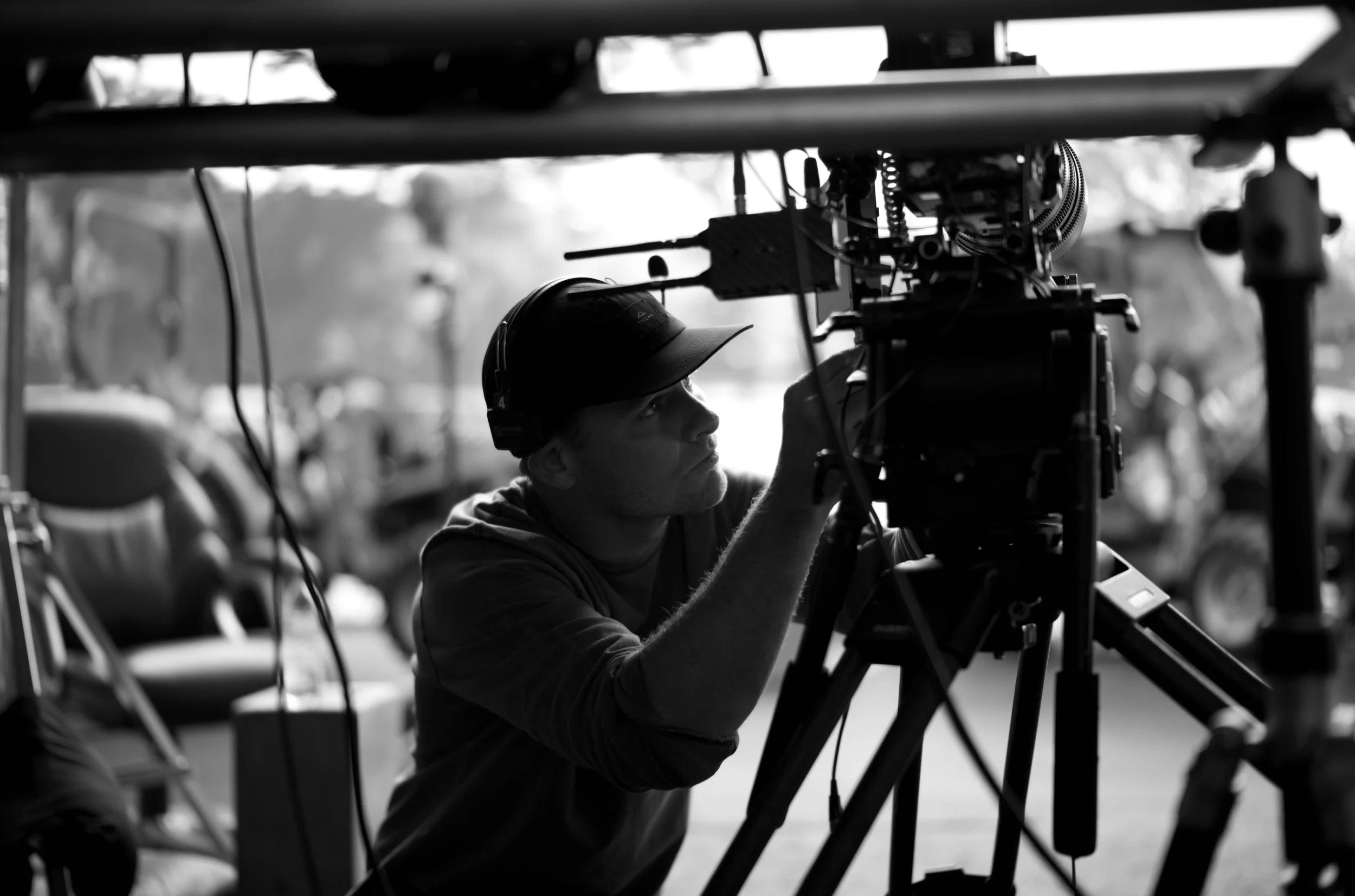Cinematographers, also known as directors of photography (DPs), bring a great deal of value to commercial video productions by using their technical expertise and creative vision to visually tell the story of the commercial. Some of the ways in which DPs bring value to commercial video productions include:
Lighting: DPs use lighting to create mood, atmosphere, and visual interest in a scene. They know how to use light to make the subjects in a scene look their best, and to create a sense of depth and dimension in the image.
Camera movement: DPs use camera movement to create visual interest and to control the audience's point of view. They know how to use different types of camera movement, such as panning, tilting, and dollying, to create dynamic and engaging visuals.
Composition: DPs use composition to create visual balance and interest in a scene. They know how to use the "rule of thirds," leading lines, and other compositional techniques to create visually pleasing images.
Color: DPs use color to create mood and atmosphere in a scene. They know how to use color to create contrast, to draw the audience's attention to a specific area of the frame, and to create a sense of warmth or coolness in a scene.
Lens selection: DPs know how to choose the right lens for a specific shot. They know how to use wide angle lenses, telephoto lenses, and speciality lenses such as tilt-shift, to create different effects and control the depth of field in a scene.
Experience: DPs bring a wealth of experience to the production. They know how to work with actors, how to manage time and budget efficiently, how to communicate with the director and the crew, and how to troubleshoot problems on set.
Ultimately, a good DP will bring both technical expertise and a creative vision to a commercial video production. They will work closely with the director and other members of the production team to create visually stunning and impactful images that tell the story and achieve the goals of the commercial.




